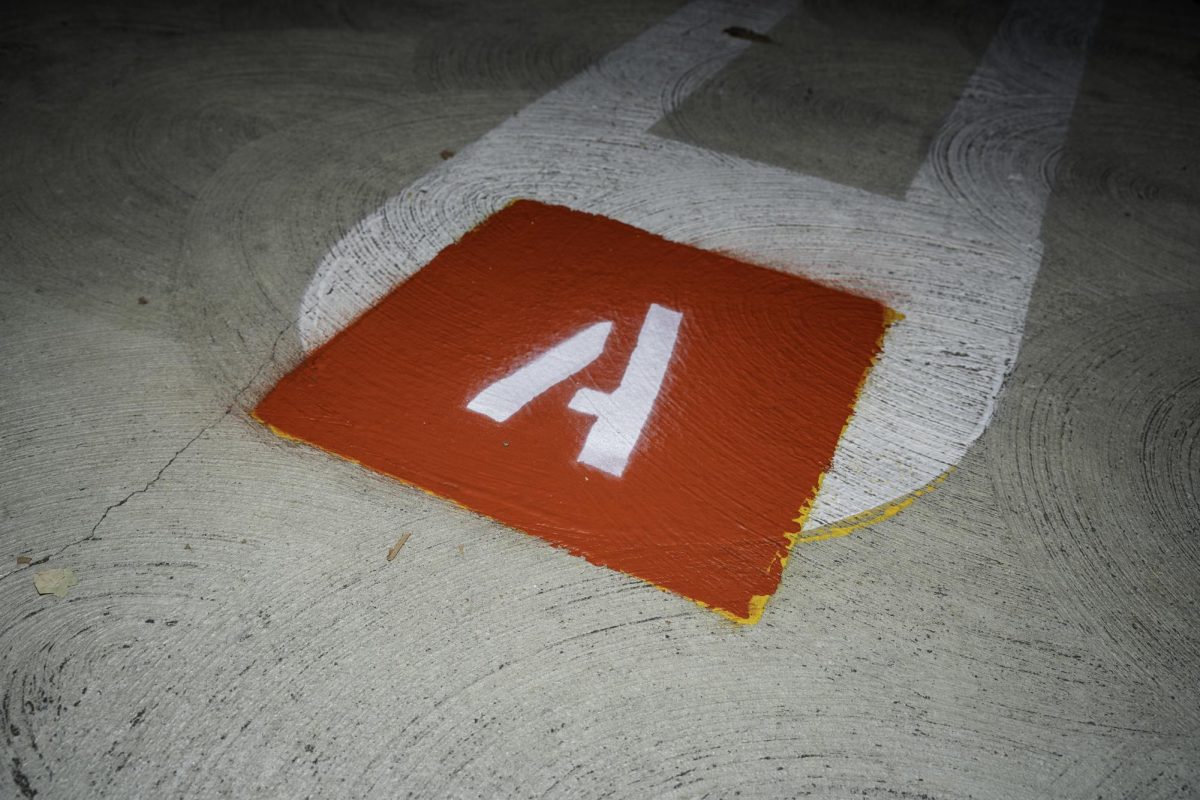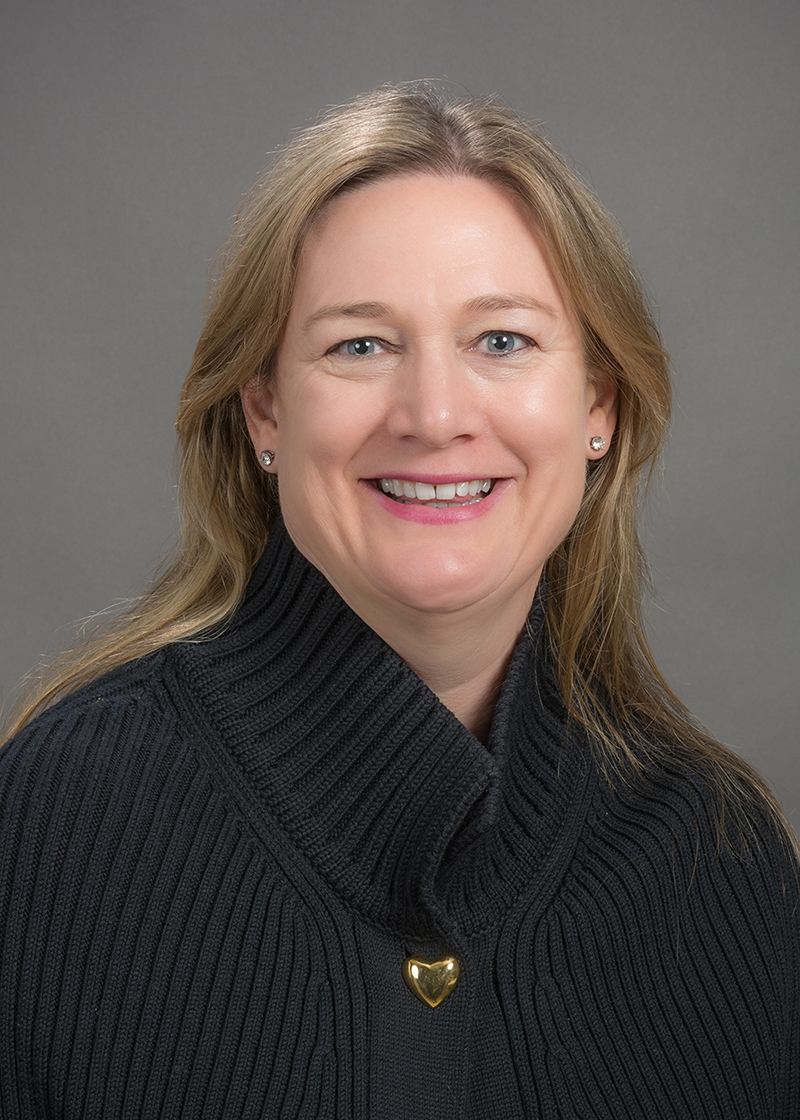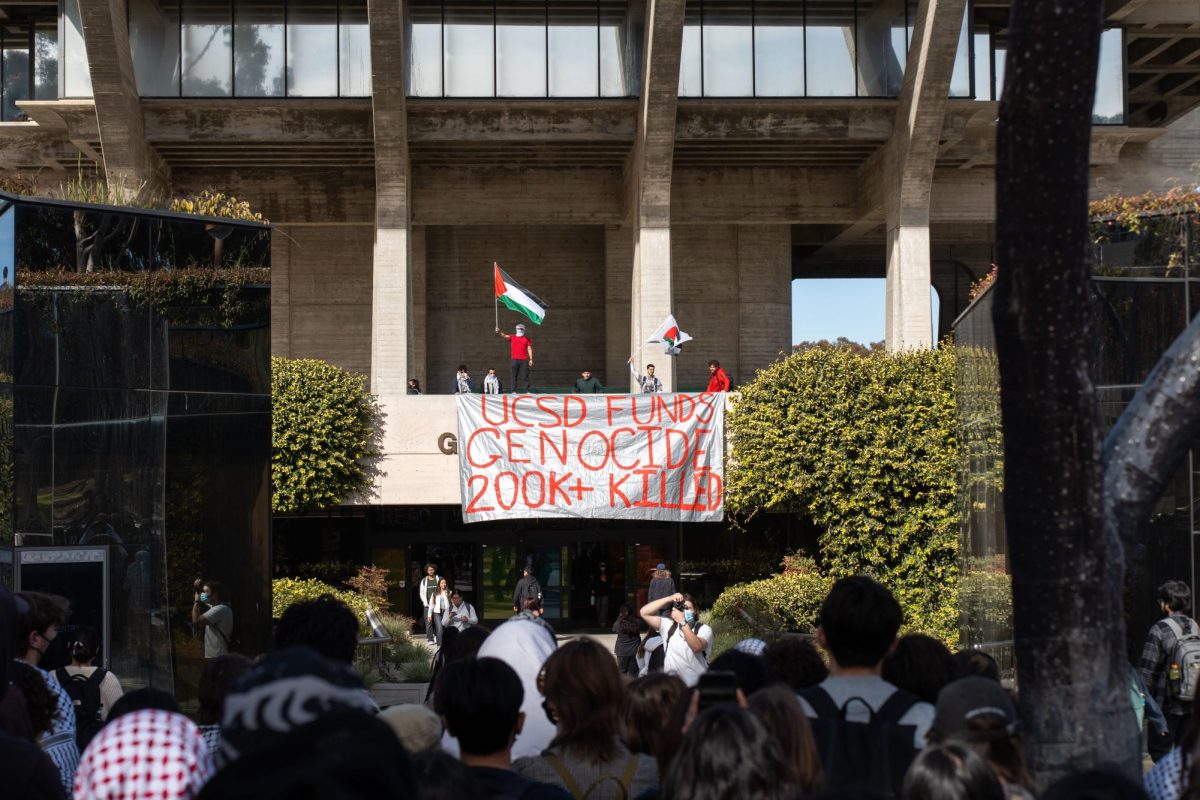Parking spaces at Hopkins, Scholars and South parking structures have been reallocated, according to an email sent to students by Transportation Services on Oct. 24.
At Hopkins Parking Structure, Student Resident (“SR”) spaces will be decreased while Student Commuter (“S”) spaces are to be increased. At Scholars Parking Structure, some S spaces were removed to allow for an increase in SR spaces. Finally, at the South Parking Structure, SR spaces and spaces for faculty and postdoctoral academic staff (“A”) have increased, while S spaces were removed.
Director of Parking and Commuter Services Jennifer Rodgers explained the rationale for why some parking structures gained certain spots and lost others.
“Making the space markings match the way the spaces are actually being used benefits both residents and commuters. Residents are able to park in proximity to their homes and commuters are directed to parking areas that turn over and are more likely to have space,” Rodgers said. “For example, in the South and Scholars structures, S student commuter spaces were reallocated to SR student resident spaces, while in Hopkins, SR student spaces were allocated to S student commuter spaces.”
These changes made by Transportation Services come amid student complaints about the parking situation on campus.
“Finding parking can be very daunting. It can take anywhere from 20 to 30 minutes or even more to find a spot, and then, depending on where I park, I have to walk another 30 minutes to get to class,” Eleanor Roosevelt College junior Khushi Kumar said.
Although these changes may come as a shock to some, Rodgers points to the opening of the Theatre District parking structure by the beginning of Winter Quarter as a point of relief for parking on campus.
“The opening of the Theatre District parking structure will increase Central Campus parking supply by 12%, significantly reducing the parking congestion experienced by those using the South and Scholars structures and allowing more proximate parking to facilities in Revelle, Muir and Eighth colleges,” Rodgers said.
In the meantime, Rodgers encourages student commuters to opt for alternative modes of transit whenever possible.
“While driving is necessary for some, we strongly encourage commuters to opt for transit or carpool whenever it’s feasible,” Rodgers said.
For some students, however, alternative transportation methods are not feasible.
“I commute to campus because I live approximately 15 minutes away,” Kumar said. “While public transportation is available, it would take me an hour to get to school. Plus, I don’t feel safe or comfortable taking public transportation, especially at night.”
However, Rodgers did note that there are incentives that the university provides to encourage students to take alternative transportation.
“When you choose transit or other eco-friendly means of transportation, you can also log your trips with Triton Commuter Club, earning incentives like discounted parking for the days when driving is essential, and the opportunity to win exciting prizes such as our quarterly e-bike drawing,” Rogers said.
























Jake • Jan 10, 2024 at 7:59 pm
WOW. None of these spots were changed to “S” and all spots available for commuter students were changed to “student resident parking” literally the opposite of what the article says. The school provided transit is absolute poop and every time im at a bus stop; at least 2 pass me before im either lucky enough to get the VERY last seat on another bus, or get the door slammed in my face and have to wait longer. Really feels like administrative doesn’t care about non-resident students.